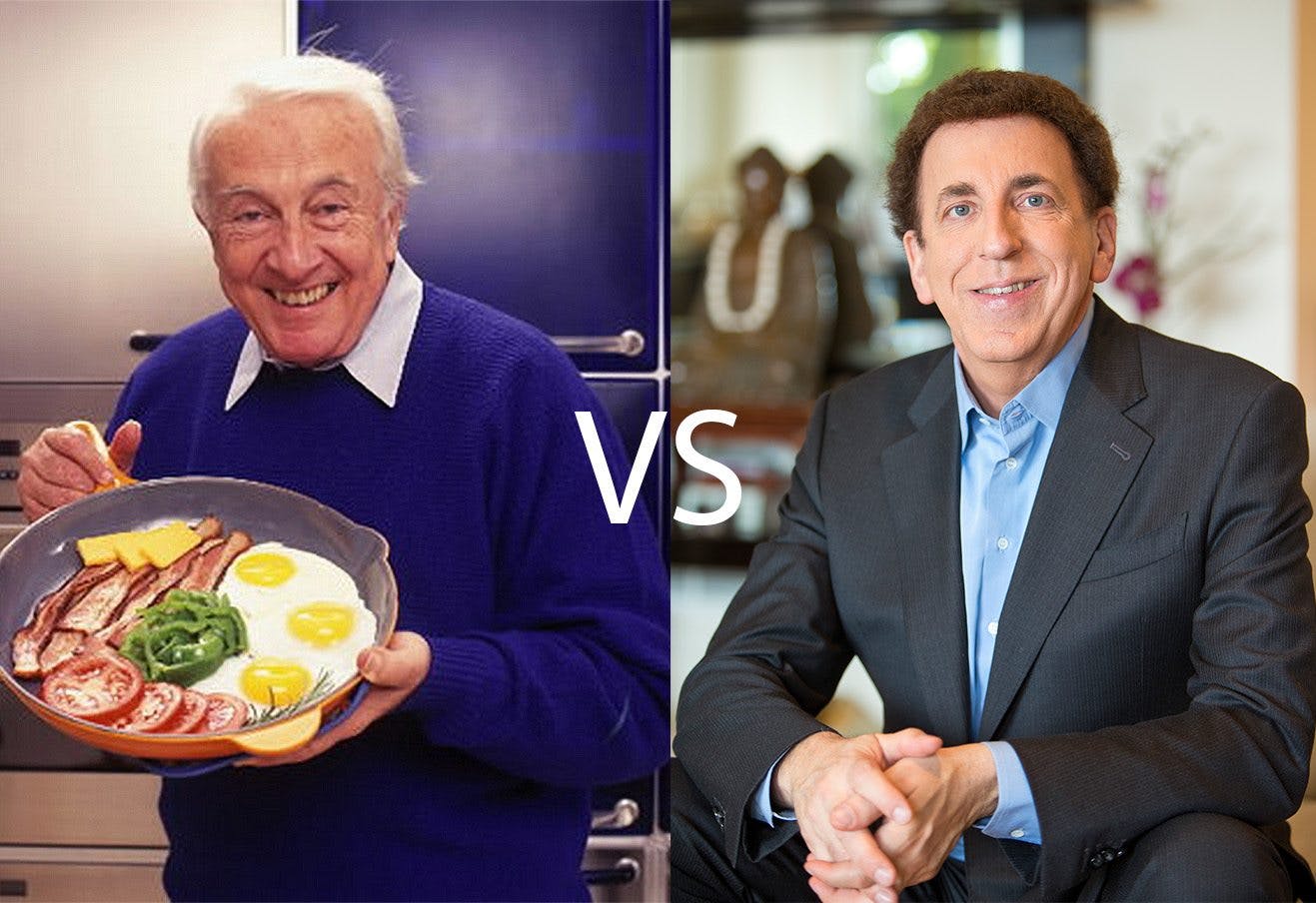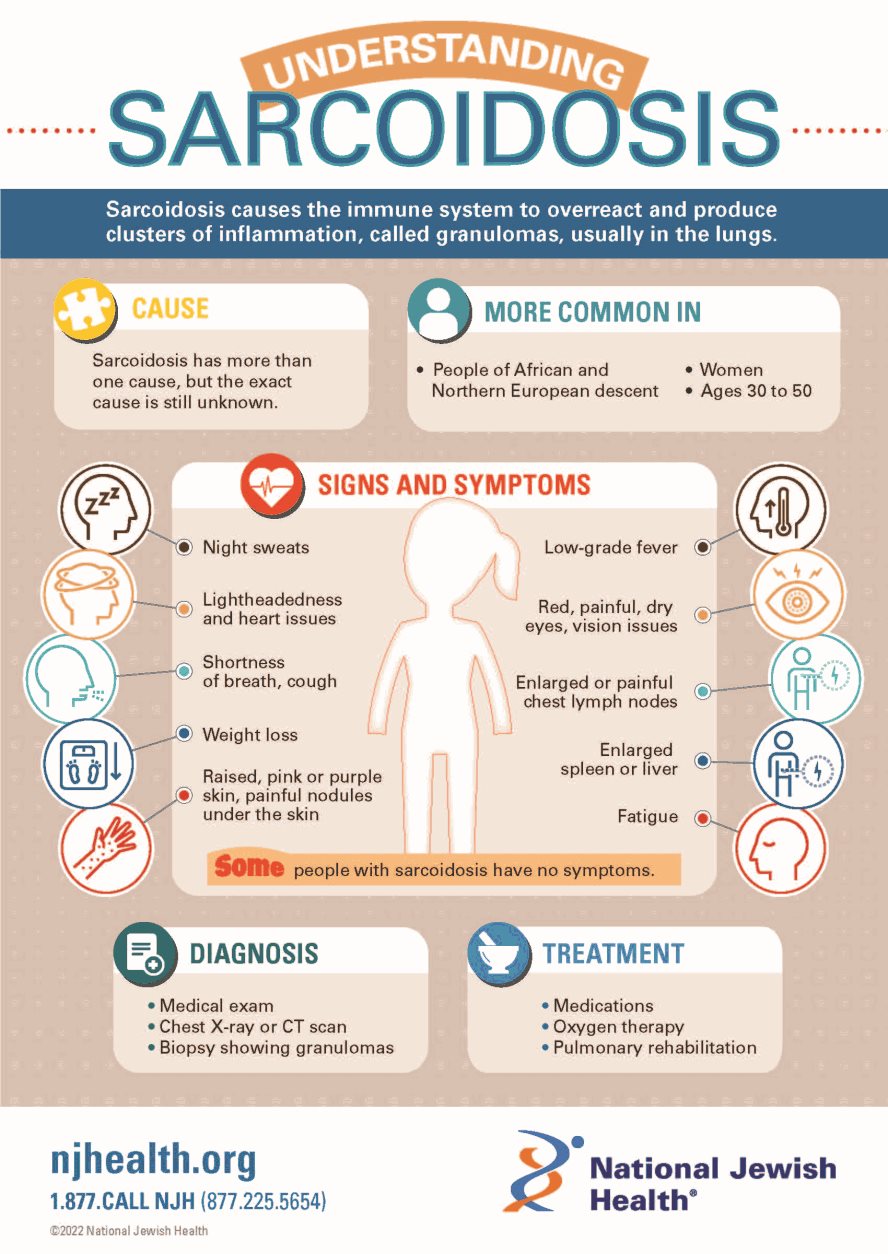
Did you know that nutritional yeast is a vegan food? This fungus is a vegan food that can be used in place for cheese and dairy products. It is low-calorie, contains no added sugars, and provides many nutrients. It is also low in fat and gluten. Vegans often include nutritional yeast with vitamin B12 to ensure they receive enough vitamin B12.
Yeast is a vegan food
Vegans can consume yeast and other yeast products because yeast is a living organism. The yeast is not like animals which can't move and reproduce sexually. The yeast fermentation process isn’t cruel and does not cause any pain. Vegans are able to eat yeast without guilt.

Yeast is a cheese-replacement
Nutritional yeast works well as a dairy-free substitute. Sprinkle it on salads, roasted veggies, pasta, rice and more to add a cheesy touch. It can also serve as a snack. Nutrition yeast doesn't have dairy or food coloring.
Yeast can be used as a leavening agent
Yeast is the leavening agent that helps baked goods rise and become airy. It is essential for baking as it is used in all types of breads and cakes. Professional bakers prefer fresh yeast, but it is very perishable, so it must be refrigerated in order to keep its freshness. Home bakers, however, often use active dry yeast, which must be soaked in water and activated before being added to the dough. Another option for home bakers is instant yeast, which doesn't need to be activated and is added directly to the dough with the rest of the ingredients.
Yeast is an excellent biofuel
Yeast is a potential biofuel, with a variety of uses including the production biodiesel/bioethanol. Due to the variety of microorganisms involved, biofuel can be produced from a wide variety of substrates such as corn starch or sugarcane. The oleaginous yeast Yarrowia Lipolytica, a model strain for ethanol manufacturing, is also a promising platform for biofuel production. Yeast can be easily used in existing industrial settings.

Yeast can be used as a substitute for dairy products
Yeast is a dairy-free substitute that tastes great and is good for your overall health. It is made from a fungus called Saccharomyces cerevisiae. It's used in baking, and it is often added to soups or gravies. It is high-protein and can help to reduce your waistline.
FAQ
What are 10 healthy habits you can adopt?
-
Eat breakfast every day.
-
Don't skip meals.
-
You should eat a balanced diet.
-
Get lots of water.
-
Take good care of your body.
-
Get enough sleep.
-
Stay away from junk food.
-
Get at least one form of exercise each day.
-
Have fun
-
Make new friends
What is the distinction between a calories and a kilogramcalorie?
Calories measure the amount energy in food. A calorie is a unit of measure. One calorie is equal to one degree Celsius in energy.
Kilocalories are another way to describe calories. Kilocalories are measured in thousandths of a calorie. 1000 calories, for example, equals one kilocalorie.
What can you do if your immune system is weak?
There are trillions of cells in the human body. Each cell works together to create organs and tissues that fulfill specific functions. If one cell dies, a new cell replaces it. Cells also communicate with each other using chemical signals called hormones. Hormones regulate all bodily processes, from growth and development to metabolism and immunity.
Hormones can be described as chemicals produced by glands in the body. They are chemicals that travel through the bloodstream and function as messengers to control how our bodies work. Some hormones are produced in the body, while others are created outside.
Hormone production occurs when a hormone producing gland releases its contents to the bloodstream. Once hormones become active, they move throughout the body until reaching their target organ. Some hormones may only remain active for a limited time. Some hormones last longer and influence the body's functionality even after leaving the bloodstream.
Some hormones can be produced in large amounts. Some hormones are produced in large quantities.
Some hormones are produced at certain times during life. For instance, estrogen is produced during puberty, pregnancy, menopause, and old age. Estrogen aids women in developing breasts, maintaining bone density and preventing osteoporosis. It helps to stimulate hair growth and maintains skin's softness.
How do I count calories?
You might be asking "What is the best diet?" or "is counting calories necessary?" It depends on several factors such as your current health, personal goals, preferences, and overall lifestyle.
Which one is right for you?
The best diet depends on me, my health, my goals, my lifestyle, and my preferences. There are many diets available, some good and others not so good. Some are better for certain people than others. So what do I do? What should I do?
These questions are addressed in this article. It starts with a brief introduction of the different types of diets available today. Then, the pros and cons of each type of diet are discussed. Finally, we'll look into how to choose the best one for you.
Let's first take a look at different diets.
Diet Types
There are three main types: low fat, high proteins, and ketogenic. Let's look at each one briefly.
Low Fat Diets
A low-fat diet is a diet that reduces the amount fats consumed. This is done through reducing the intake of saturated fats (butter, cream cheese, etc.) These fats can be replaced with unsaturated fats like avocados and olive oil. People who are looking to lose weight quickly and easily will benefit from a low-fat diet. However, this kind of diet may cause problems such as constipation, heartburn, and indigestion. It can also lead to vitamin deficiencies, if someone doesn't get enough vitamins in their food.
High Protein Diets
High protein diets are known to restrict carbohydrate intake and promote the consumption of protein. These diets are more protein-rich than others. They are meant to help build muscle mass and burn more calories. Unfortunately, they can't provide adequate nutrition for those who eat regularly. They may also be too restrictive and not suitable for everyone.
Ketogenic Diets
These diets are also known under the name keto diets. They are high-fat and low in carbs and protein. Athletes and bodybuilders use them because they allow them more time and harder training without getting tired. They do require strict compliance to avoid any side effects like fatigue, headaches, nausea, and headaches.
Statistics
- This article received 11 testimonials and 86% of readers who voted found it helpful, earning it our reader-approved status. (wikihow.com)
- In both adults and children, the intake of free sugars should be reduced to less than 10% of total energy intake. (who.int)
- WHO recommends consuming less than 5% of total energy intake for additional health benefits. (who.int)
- The Dietary Guidelines for Americans recommend keeping added sugar intake below 10% of your daily calorie intake, while the World Health Organization recommends slashing added sugars to 5% or less of your daily calories for optimal health (59Trusted (healthline.com)
External Links
How To
What does "vitamin" actually mean?
Vitamins are organic compounds that can be found in foods. Vitamins help us absorb nutrients in the foods we consume. The body cannot make vitamins; therefore, they must be obtained from food.
There are two types if vitamins: water soluble, and fat soluble. Water soluble vitamins dissolve easily in water. You can find vitamin C,B1 or thiamine, B2 or riboflavin and B3 or niacin. B6 is pyridoxine. Folic acid, biotin and pantothenic are some examples. The liver and fatty tissue are the main storage places for fat-soluble vitamins. Examples include vitamin D, E, K, A, and beta carotene.
Vitamins are classified based on their biological activity. There are eight major types of vitamins.
-
A – Essential for normal growth, and the maintenance of good health.
-
C is important for nerve function and energy production.
-
D – Essential for healthy teeth, bones and joints
-
E is required for good vision and reproduction.
-
K – Required for healthy muscles & nerves.
-
P – Vital for building strong bones.
-
Q - Aids in digestion and absorption.
-
R – Required for making red blood vessels.
The recommended daily allowance (RDA), for vitamins, varies based on gender, age, and physical condition. RDA values are set by the U.S. Food and Drug Administration (FDA).
For example, the RDA for vitamin A is 400 micrograms per dayfor adults 19 years or older. Pregnant women require 600 micrograms daily to support fetal development. Children ages 1-8 require 900 micrograms per day. Babies under one-year old need 700 micrograms per daily. Between 9 and 12 month, however, this drops to 500 mg per day.
Children ages 1-18years who are obese need 800 micrograms per day while those who are overweight need 1000 micrograms per day and children who are underweight need 1200 micrograms per day to meet their nutritional needs.
Children 4-8 years old with anemia will need 2200 mg of vitamin D daily.
2000 micrograms daily is required for adults over 50 to maintain their general health. Due to their increased nutrient needs, pregnant and breastfeeding women need 3000 micrograms daily.
Adults over 70 require 1500 micrograms each day, since they lose approximately 10% of muscle mass each decade.
Women who are pregnant and lactating need more nutrients than the RDA. Pregnant and breastfeeding women require 4000 micrograms each day during pregnancy and 2500 Micrograms each day after birth. Breastfeeding mothers require 5000 micrograms daily when breast milk production is occurring.